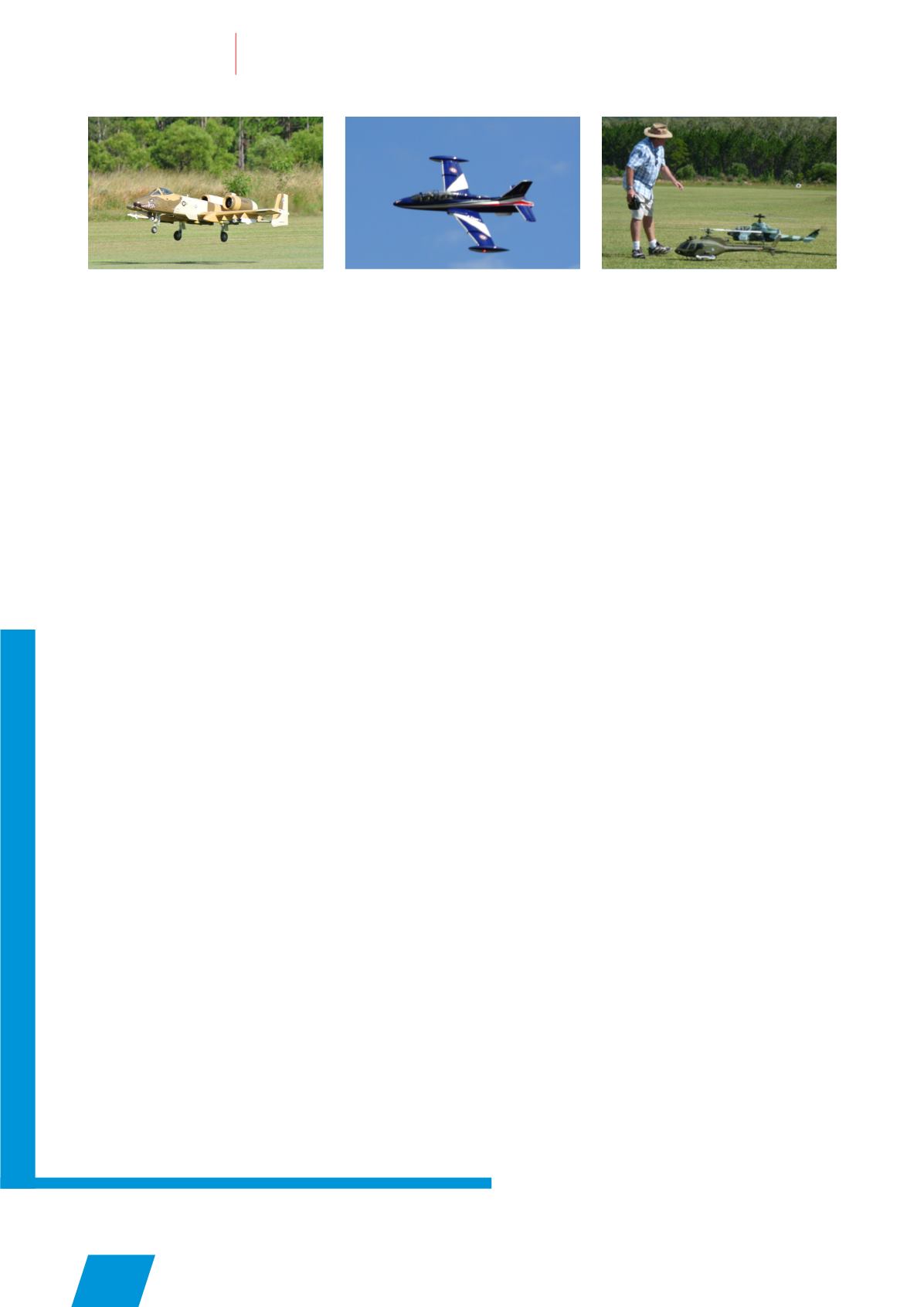
12
WING
SPAN
MAY
Fly towards your Bronze
wings
As amember of the MAAA you can
take part in our proficiency scheme.
Whether you’re aiming for the world
championships, the highest level of
competition or a Sunday afternoon
flight, getting your wings is a good
place to start.
The Bronze and Gold wings are
provided for the threemain aircraft
types: fixed wing power, glider and
helicopters. Instructor wings are
not part of the proficiency scheme;
they stand alone. They are awarded
after you have passed the Instructor
course but you need to have your
club recommend you for the course.
If you pass your proficiency test for
Bronze wings, you’re capable of flying
an aircraft safely and competently
in a club environment. Gold wings
mean you are competent and safe to
performa sequence of intermediate
manoeuvres.
Only a qualified MAAA Instructor
for a specific aircraft type (fixed
wing, power, glider or helicopter) is
permitted to conduct the Bronze and
Gold wings tests.
Flying a circuit is one of the
proficiencies needed for Bronze
wings. Most newmodellers require six
to eight hours’ flying before working
towards the Bronze wing proficiency.
If you fly each weekend (weather
permitting) you can expect to go solo
in about eight to 10 weeks. Be aware
however, that training can take as
long as 12months. At the other end of
the scale we have taught people to fly
in one week of intensive effort. It all
depends on howmuch time you can
devote to learning.
Here, we take a look at some tips and
challenges faced when flying a circuit.
What is a circuit?
A circuit is a rectangular path that
radio-controlled aircraft are flown
around and is used for taking off
and landing approaches. All pilots
need to be able to fly a circuit in both
directions.
If the wind changes direction then the
circuit direction is changed so that the
aircraft always takes off and lands into
the wind. The idea is to fly along the
circuit at a constant height keeping
control of the aircraft. The trick is
to use small smooth inputs to keep
the aircraft heading in the desired
direction and at the desired height.
What do you need to do
to fly a circuit properly?
▸
all turns should involve nomore
than 30 degrees of bank;
▸
you need tomaintain the same
height throughout the circuit;
▸
make turns at the appropriate
location andmake sure your
control inputs are smooth and
gradual.
What common problems
do pilots face?
▸
not leaving enough room for the
turn resulting in a bank greater
than 30 degrees;
▸
not finishing the base leg turn to
be lined up with or just before the
centre of the runway; and
▸
not being able to fly the circuit in
the opposite direction.
How can you improve?
The short answer is practice. You need
tomake sure you leave enough room
to turn and undertake activities that
challenge your hand/eye coordination.
Often being able to fly the circuit in
the opposite direction is amatter of
getting used to a different orientation,
but it can feel like trying to write with
the wrong hand. Lining up the base
leg turn is a simplematter of turning
themodel until it is facing you. If you
are really keen you can buy a flight
simulator for your computer that will
help to improve your skill and let you
advance faster.


